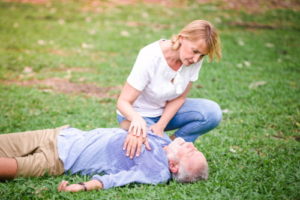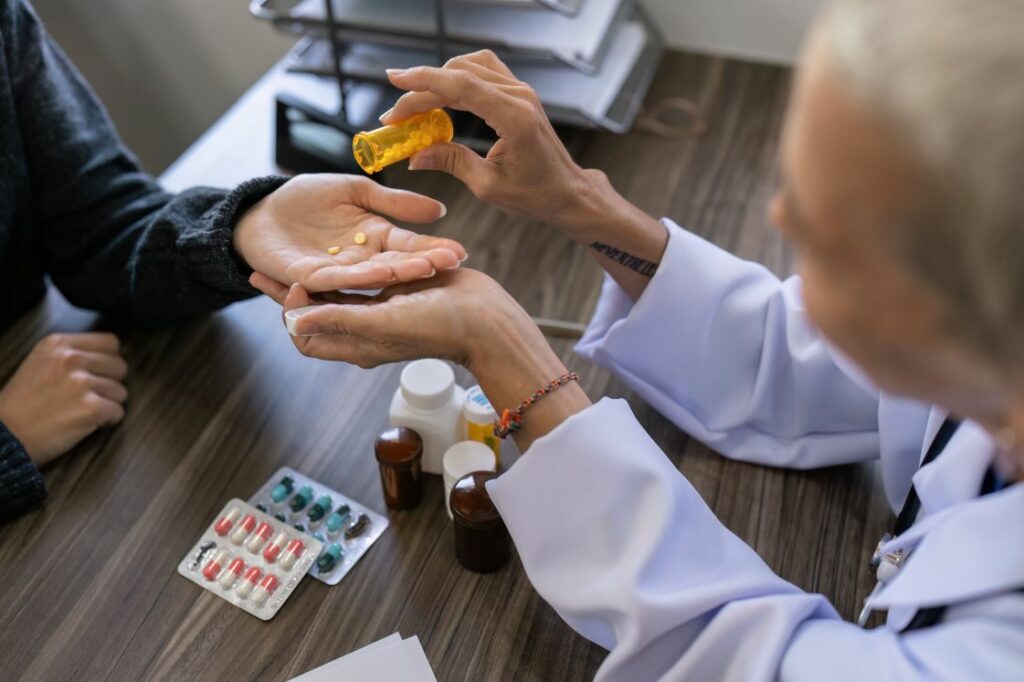Introduction
In emergency situations where a person's heart stops beating or they quit taking a breath, comprehending what CPR represents and how to execute it can indicate the difference between life and death. Cardiopulmonary resuscitation (CPR) is a lifesaving method that is essential for any individual seeming prepared in situation of a medical emergency situation. This thorough guide aims to study the meaning of CPR, explore its relevance, and provide an extensive understanding of exactly how it connects with first aid practices.
Whether you're taking a first aid course or are just interested concerning just how you can aid in an emergency, this article will cover everything you require to know. We'll study its historical context, current methods, and ideal techniques while additionally highlighting the importance of being accredited in CPR via different recognized programs.
What Does CPR Stand For? Comprehending Cardiopulmonary Resuscitation
The acronym CPR means Cardiopulmonary Resuscitation It entails two vital components: "cardio," referring to the heart, and "pulmonary," associated with the lungs. The main objective of CPR is to maintain blood circulation to vital body organs until professional medical assistance arrives or typical heart function is restored.
The Relevance of CPR in Emergencies
CPR is crucial in a number of situations, including heart attack, drowning, choking occurrences, and other scenarios leading to unconsciousness or unresponsiveness. According to studies from companies like the American Heart Association, effective CPR can increase or even triple a sufferer's opportunity of survival.
Why Ought to Everybody Find out CPR?
Learning CPR outfits individuals with skills that can conserve lives. In many cases, bystanders are the very first -responders before emergency workers show up. Being fluent in cardiopulmonary resuscitation permits you to act swiftly and confidently when every 2nd counts.
History of Cardiopulmonary Resuscitation
Early Strategies for Restoring Individuals
The origins of CPR go back centuries ago. Historic records show that methods akin to contemporary resuscitation were practiced as early as 3000 B.C., primarily concentrating on mouth-to-mouth techniques for reviving drowning victims.
Modern Developments in CPR Techniques
In the 20th century, significant innovations were made in recognizing cardiac arrest and its treatment. In 1960, Dr. Peter Safar presented mouth-to-mouth resuscitation incorporated with chest compressions-- laying the groundwork wherefore would come to be known as contemporary CPR.
CPR Techniques: Essentials You Required to Know
A Step-by-Step Guide: Exactly How to Do CPR
To efficiently perform CPR, it's essential to comply with an organized technique:
Check Responsiveness: Carefully tremble the person and ask if they're okay. Call for Help: If there's no feedback, call emergency services immediately. Determine Breathing: Try to find typical breathing; if not present or uncommon (wheezing), begin compressions. Chest Compressions:- Place your hands on the facility of the individual's chest. Keep your joints straight. Compress hard and fast at a price of 100-120 compressions per minute.
- After 30 compressions, offer two rescue breaths. Ensure proper head tilt-chin lift setting before providing breaths.
Hands-Only vs Standard CPR
Many individuals question whether hands-only or traditional CPR is more effective. For grownups who break down due to cardiac arrest outside a health center setup, hands-only CPR has actually verified just as reliable-- making it easier for inexperienced bystanders to interfere without worry of inappropriate technique.
First Aid Program: Connecting Expertise Gaps
Importance of Completing a First Aid Course
Taking a first aid program not only helps one understand basic strategies but also supplies important understanding right into various emergency situation situations past simply cardiac arrest situations. These courses often cover different topics such as injury management, choking relief techniques, and using an Automated External Defibrillator (AED).
Finding First Aid Courses Near You
If you're trying to find regional possibilities:
- Search online for "first aid training course near me". Local medical facilities or recreation center frequently use programs. Check platforms like FirstAidPro or Red Cross for set up classes.
DRSABCD Method Explained
What is DRSABCD? A Lifesaving Acronym
The DRSABCD technique works as an easy-to-follow guideline throughout emergencies:
D-- Danger: Evaluate the scene for any threats. R-- Response: Check if the individual is responsive. S-- Send out for Help: Call emergency services immediately. A-- Airway: Guarantee their air passage is clear. B-- Breathing: Check if they're taking a breath normally. C-- Compressions: Beginning upper body compressions if not breathing. D-- Defibrillation: Make Use Of an AED if available as quickly as possible.Each cpr & first aid course step builds on each other guaranteeing you stay concentrated throughout high-pressure situations.
Mental Health First Aid & Its Connection with Physical Emergencies
Understanding Mental Health and wellness First Aid (MHFA)
While traditional first aid concentrates on physical wellness crises, Mental Health and wellness First Aid addresses emotional emergency situations such as anxiety attack and serious anxiousness episodes.
Combining Physical & Mental Wellness Support
Being competent in both physical first aid (like understanding what does cpr mean) and mental wellness first aid boosts your capacity to provide thorough assistance during emergency situations-- helping you resolve both exterior injuries and psychological injury simultaneously.
FAQs About Cardiopulmonary Resuscitation
FAQ 1: What does the phrase "CPR" stand for?
CPR represents Cardiopulmonary Resuscitation-- a life-saving treatment executed when a person's heartbeat or breathing has actually stopped.
FAQ 2: Why is learning CPR important?
Knowing how to perform CPR can substantially enhance survival possibilities throughout cardiac arrest or breathing failure circumstances till specialist aid arrives.
FAQ 3: Do I need qualification to execute CPR?
While any individual can try it during an emergency scenario without certification, getting formal training through certified training courses raises performance and self-confidence when carrying out life-saving techniques.


FAQ 4: How long does my first aid certificate last?
Typically, a lot of first aid certificates are valid for 3 years before requiring revival through refresher courses or re-certification classes.
FAQ 5: Is there an age requirement for discovering CPR?
No certain age demand exists; kids can discover simplified variations suitable for their ability level while still being practical in emergencies!
FAQ 6: Can I take a digital first aid course?
Yes! Many companies now use online first aid training courses that include detailed training on both physical first aid methods and psychological health and wellness first aid course and cpr first aid basics.

Conclusion
Understanding what does CPR represent-- and mastering its application-- can empower anybody with crucial abilities required during emergencies where time matters most. Whether you're interested in formal training through an acknowledged institution like FirstAidPro or simply want knowledge on basic life support strategies, having this knowledge could conserve lives-- not simply yours but those around you as well!
Don't ignore how much influence recognizing these abilities can have; it deserves spending time right into discovering them properly! So why wait? Register today at your local facility offering suitable training courses nearby-- you never ever know when you'll need these Additional hints indispensable skills!